Chilled Beam Technology: A Sustainable Solution for Modern Cooling, Heating & Ventilation Needs
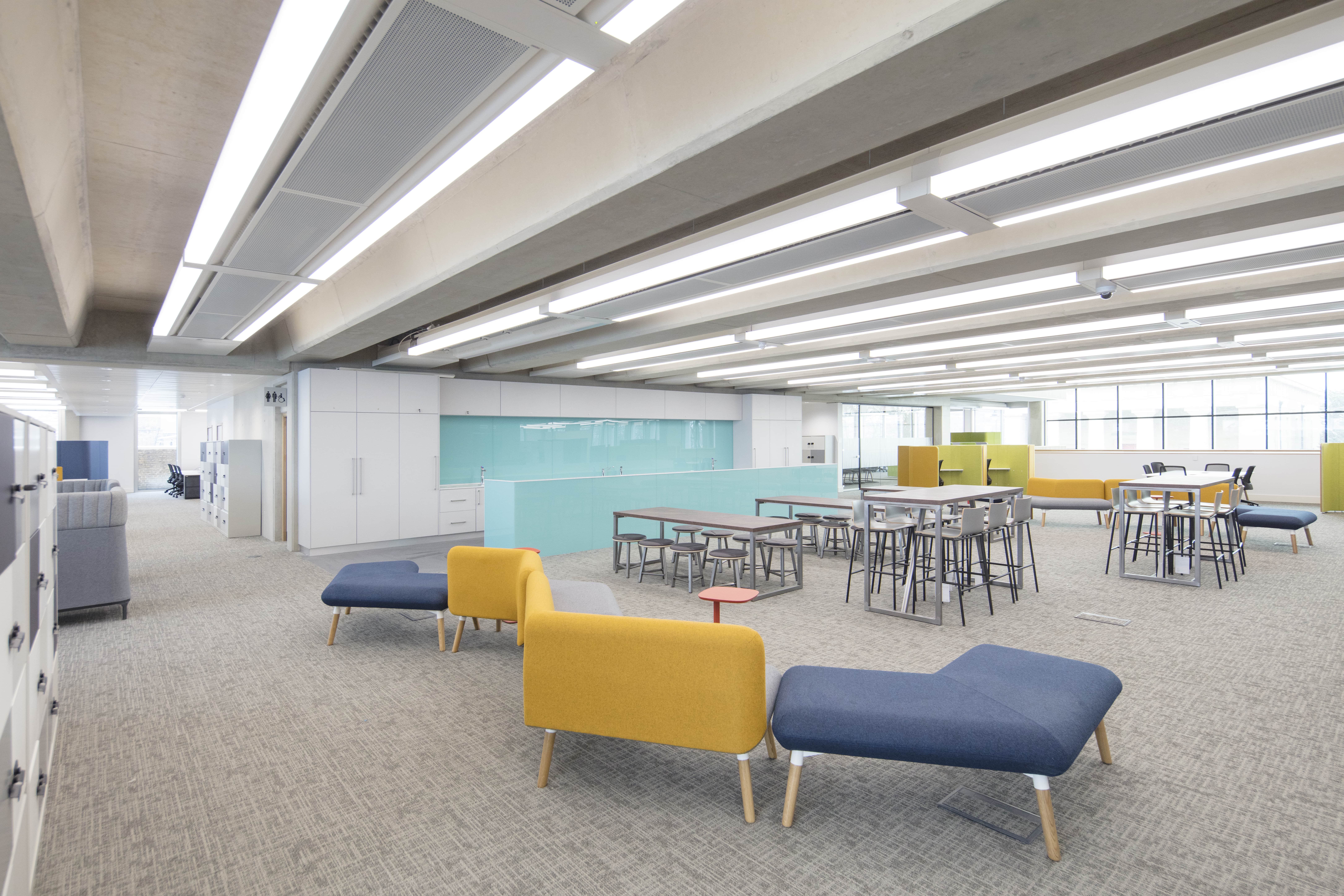
Building and Construction Industry
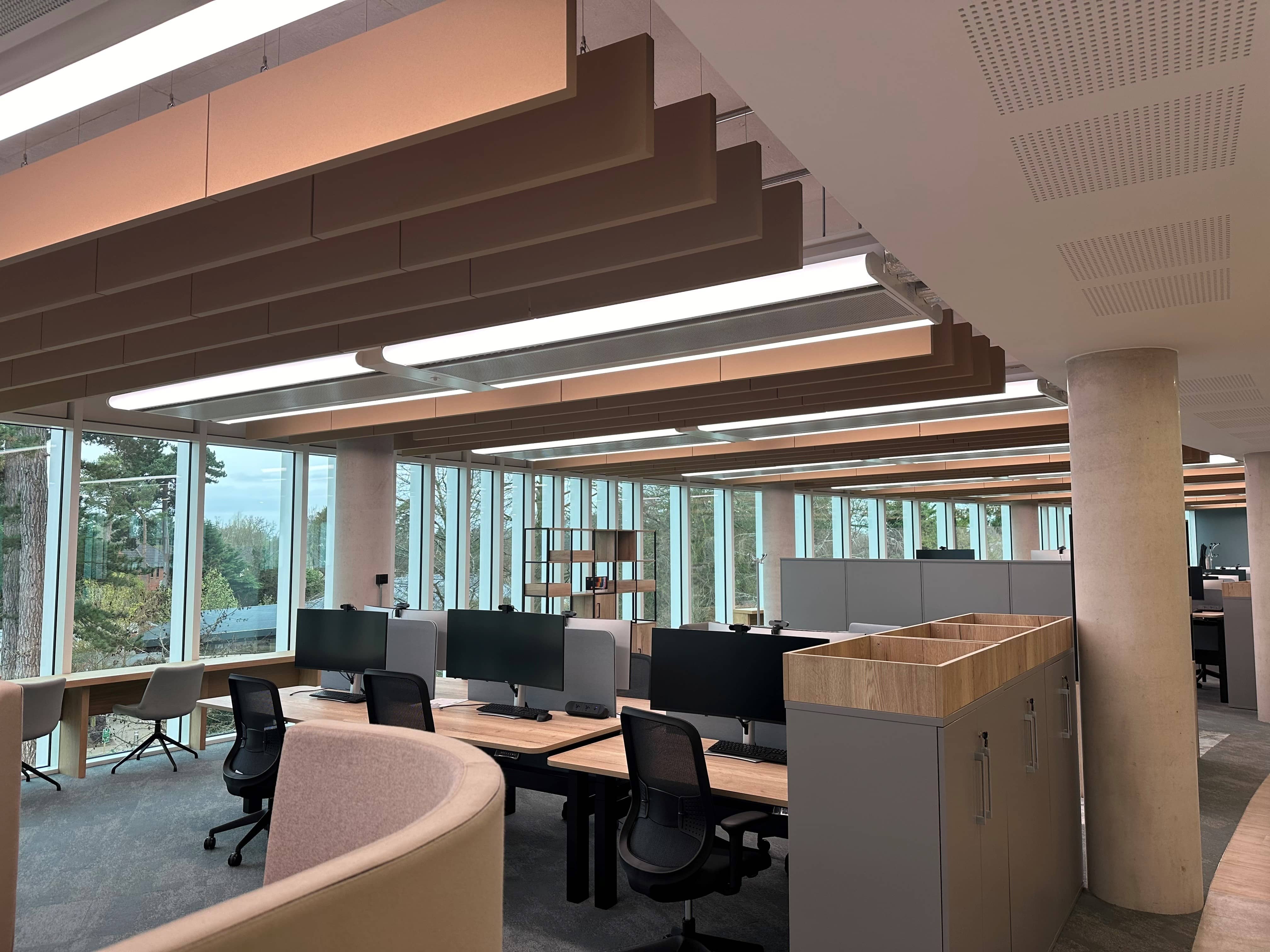
Reported in 2019 by the World Green Building Council, the building and construction industry is responsible for 39% of all carbon emissions in the world.
Totalling this 39%, operational emissions make up 28% (i.e. energy used to heat, cool, and light buildings) and the last 11% is from materials & construction.
With the UK now halfway towards net zero, (emissions cut by 53% between 1990 and 2023), it is crucial that designs keep looking towards using renewable and more energy-efficient systems.
Net Zero Carbon Building
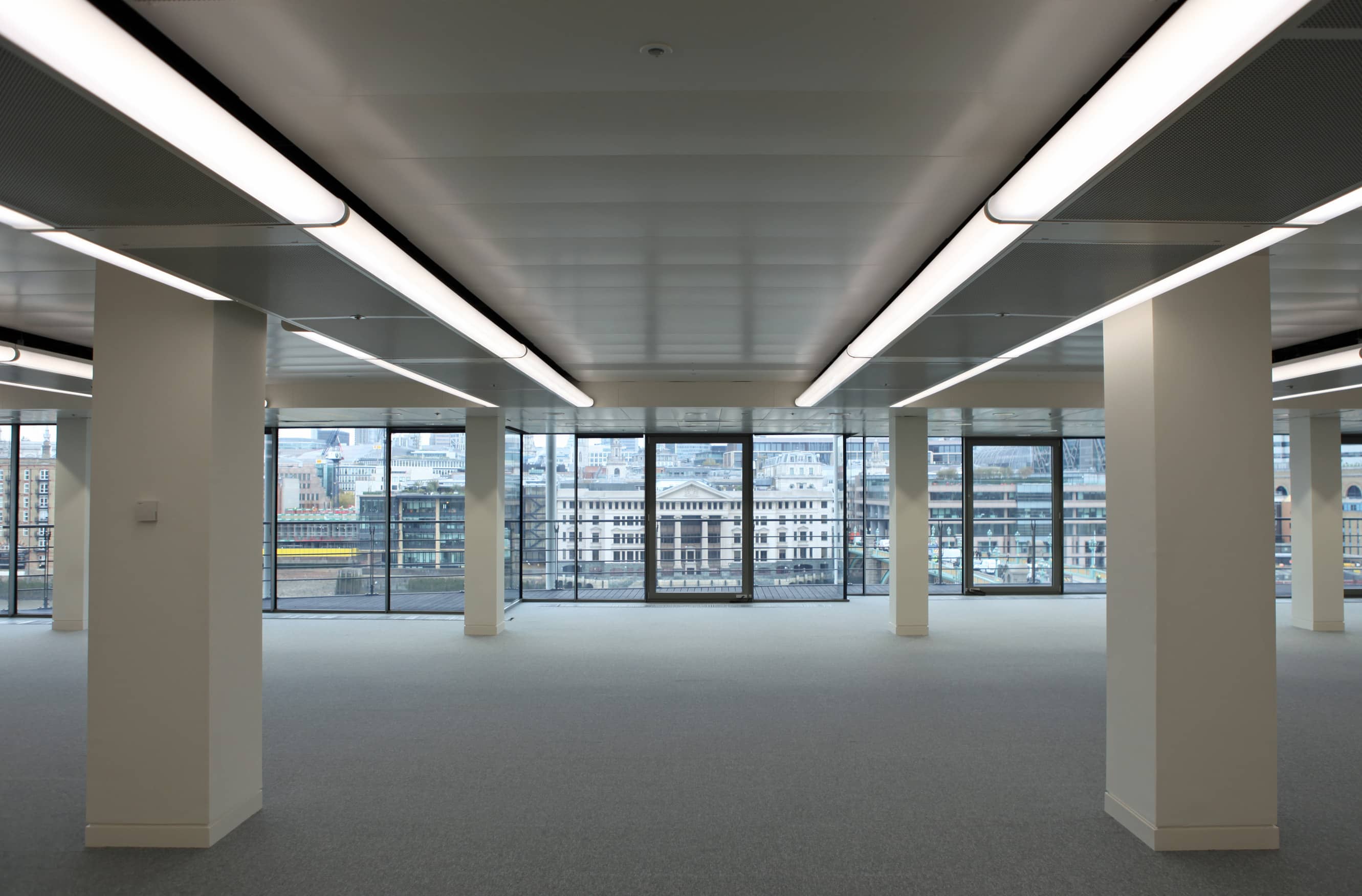
A Net Zero Embodied Carbon building refers to one where the upfront carbon has been minimised to the greatest possible extent and all remaining embodied carbon is offset resulting in all the emissions produced over the building's lifecycle being effectively eliminated.
HVAC and Sustainability
Many HVAC systems rely on fossil fuels and are energy-intensive, which as a result are inefficient and damaging to the environment, not helping towards cleaner energy.
But as an important part of our day-to-day lives, heating & cooling systems are needed to provide a more comfortable indoor environment for all of us.
With regulations put in place and a societal move towards greener solutions, the HVAC industry is looking for more sustainable solutions and Chilled Beams can provide this.
Benefits of Chilled Beam Technology:
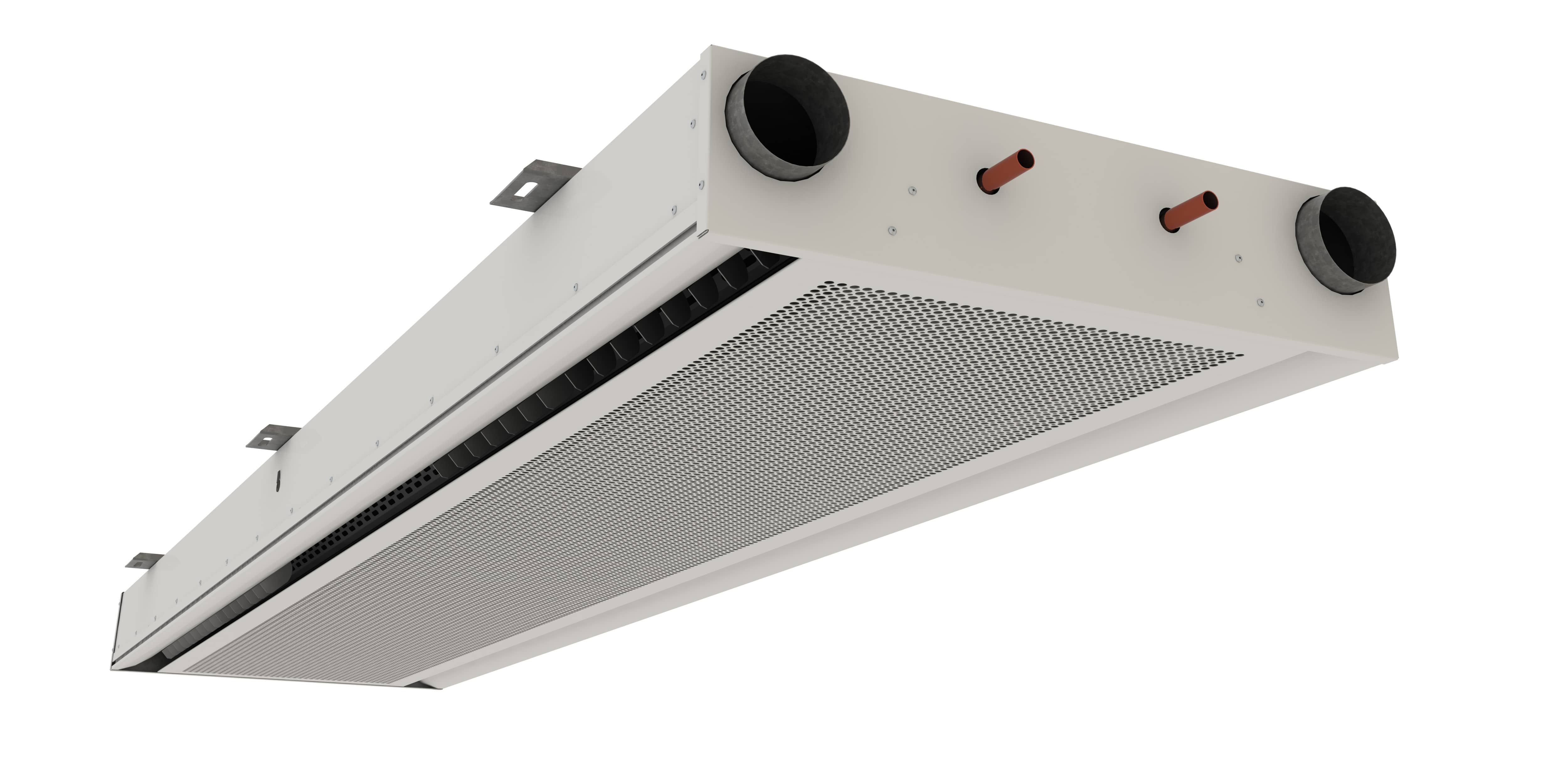
- Chilled Beam technology can provide energy savings of approximately 22% (according to an EDSL TAS Energy Study)
- Free-hanging Chilled Beams allow for dematerialisation by removing the need for suspended ceiling systems (removing suspended ceiling systems – 14% savings in embodied carbon).
- Chilled Beams operate on clean potable water (i.e. no refrigerants) whereas refrigerants used in air conditioners can be extremely harmful to the environment, and if released into the atmosphere can damage the ozone layer.
- Good indoor air quality (IAQ), as Active Chilled Beams don't recirculate dirty air from ceiling voids and/or other areas of the building.
- Control humidity levels: It is important to control the indoor space Relative Humidity (RH) levels. 50% RH is an ideal humidity level and is associated with Chilled Beam systems as Chilled Beams operate with ‘dry coil’. Other terminal unit systems operate with ‘wet coil’ which constantly dehumidifies the space. Low humidity such as 30% RH can increase the spread airborne viruses such as COVID 19 and cause dry mouths/sore throats.
- Chilled Beam Systems operate above dew point (dry coil) and so do not provide latent cooling (dehumidification) within the room space, latent cooling (dehumidification) is at the AHU (air handler unit). This means Chilled Beams cannot over dehumidify, unlike other terminal systems that function below dew point (wet coil).
- Lower Operational Costs - For example, Active Chilled Beams can offer an energy cost savings of 20-25% (according to the UK Government's Department for Business, Energy & Industrial Strategy) compared to FCU (Fan Coil Units) or variable air volume (VAV) systems.
- Multi-Service Chilled Beams (MSCBs) allow for the integration of LED lighting, alongside accommodating other building services in single ‘plug and play’ units. That are 100% prefabricated off-site reducing the overall site construction programme.
Why choose FTF Group®?
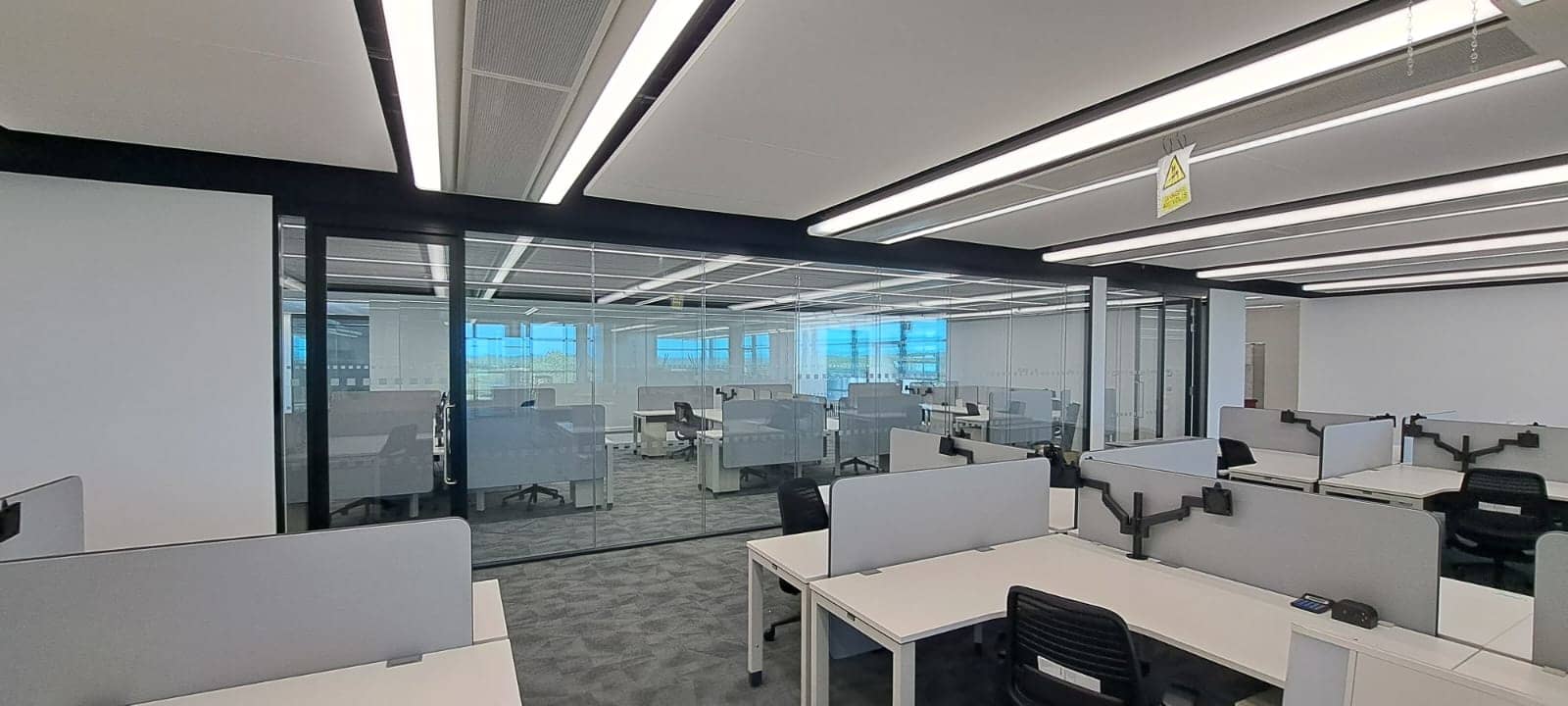
FTF Group’s highly efficient Chilled Beam range has and continues to help projects hit their sustainability targets worldwide.
Circa 30 years of successfully designing, manufacturing and supplying Chilled Beam projects all over the globe. FTF Group® has an in-house design and production team dedicated to help produce bespoke Chilled Beam solutions, be it by producing performance schedules, lighting calculations, 3D rendered images/room graphics or even full-scale testing, FTF Group has 3x Climatic Test Labs, 2x Photometric Lighting Labs and 1x Acoustic lab at their technical facility in Derby, UK.
Benefits of FTF Group® Chilled Beams
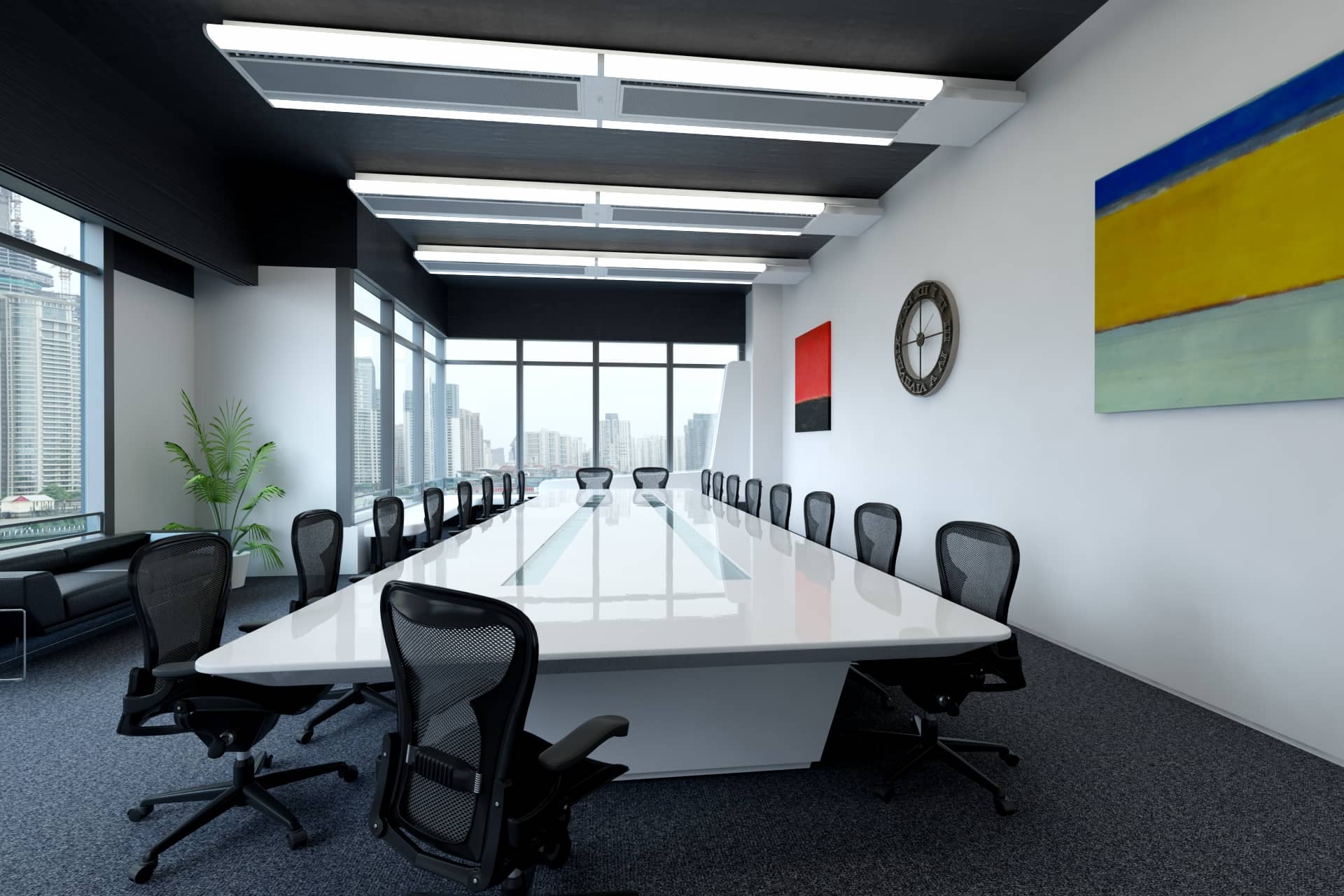
- FTF Group's Chilled Beams contain recycled material content and materials can be fully recycled at the end of the product's long life (25yrs + life expectancy).
For example, the X-Wing® Radiant Passive Chilled Beams are wholly produced from copper (up to 65% recycled materials) and aluminium which are both 100% recyclable and can be easily separated at end the of life. - Products manufactured on a 'Made to Order' (MTO) basis, minimising production wastage and energy consumption.
- FTF Group® have invested in Photovoltaic (Solar PV) Panels at their UK Technical & Production facility to generate on-site green renewable energy and has refurbished the facility to maximise natural light and cut down on energy use from artificial lighting. These initiatives have helped to reduce our carbon emissions and carbon footprint.
- Products are individually packaged and delivered on reusable steel stillages which are collected by the next delivery vehicle to reduce waste packaging.
- Upgrade previously supplied Chilled Beam projects from T5 Lamps to the longer-lasting and more energy-efficient LED Lighting
- Our Chilled Beams (& LTHW Heating Panels) are suitable for use with heat pumps which offer energy savings compared to other alternatives.
- In-house Climatic, Acoustic and Photometric testing facilities.
Showcase of Previously Supplied Sustainability Projects:
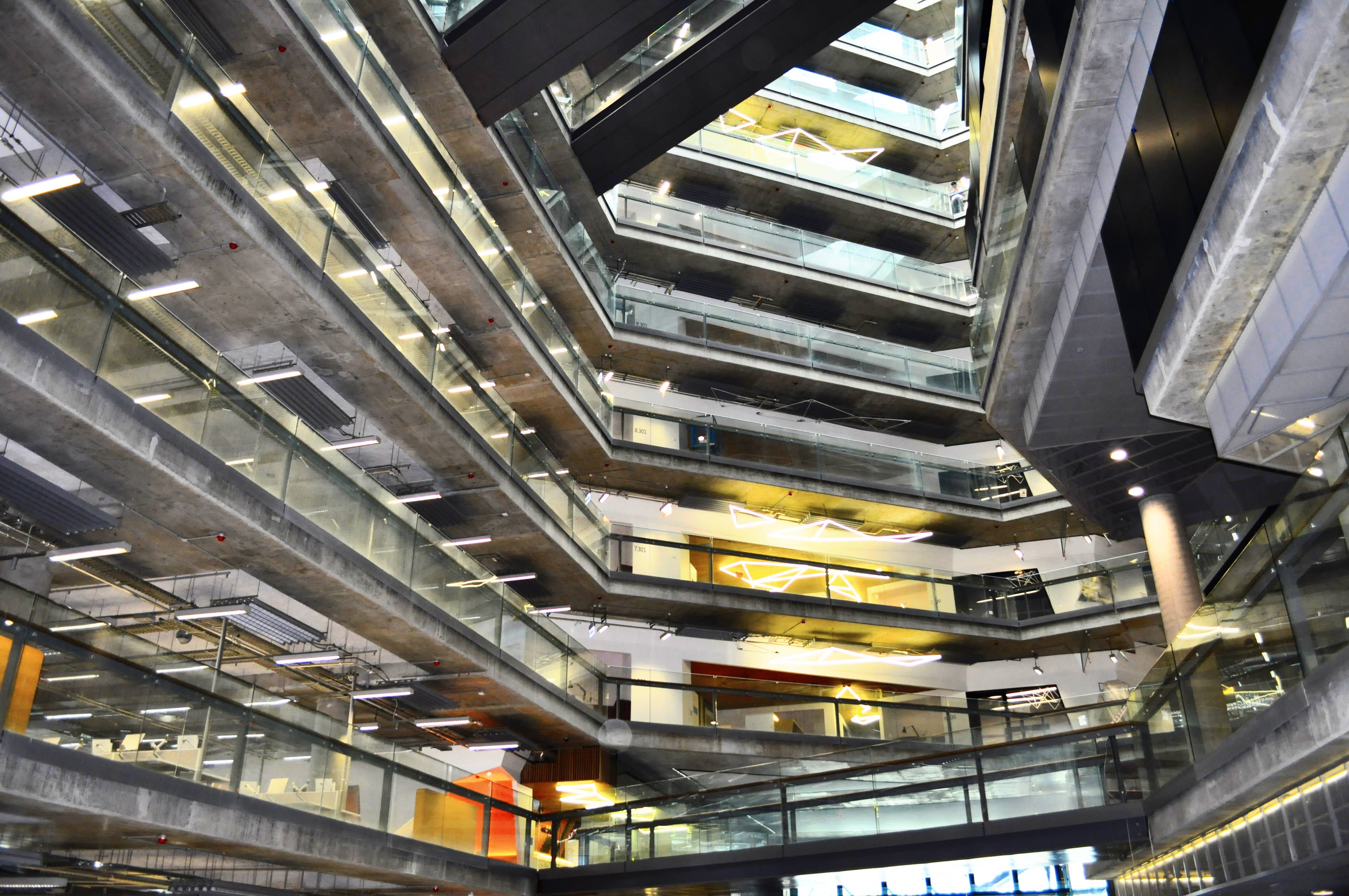
- Bourke Street
FTF Group® supplied their Passive Chilled Beams to the project, located in Melbourne's Docklands precinct, next to the Docklands Stadium and Southern Cross Railway Station.
Accolades: First 6-Star Green Star performance rating commercial building in the state of Victoria. - International House
Located in Sydney's central business district in Barangaroo, FTF Group® was selected to supply their X-Wing Radiant Passive Chilled Beams to the project.
Accolades: Exceeded 5-Star NABERS Energy Base Building rating, 6-Star office design, As Built. - Daramu House
Located in Barangaroo, Daramu House is the sister building to the international House project and together they complete the first stage of the Barangaroo South Precinct.
Accolades: 6-Star Green Star Design and Built rating from Green Building Council of Australia (GBCA). - UW Life Sciences Building
FTF Group® supplied their X-Wing 'Radiant' Passive Chilled to the new Life Sciences Building at the University of Washington, the building uses many state-of-the-art energy efficient systems to allow it to revolutionise sustainability and special comfort.
These include "photovoltaics" which allows the external glazing to reduce thermal gains, and FTF Group's 'Radiant' Passive Chilled Beams. - 183-185 Clarence Street (Substation 164)
After sitting empty for two decades the two historic buildings in Sydney's CBD were given a new life to bring together one of Sydney's most innovative office towers and setting the benchmark for heritage buildings for the future.
FTF Grouo® supplied their X-Wing® Radiant Passive Chilled Beams and Compact® Active Chilled Beams to the project. - 65 Southwark Street

Previously supplied in 2012 with FTF Group's 'Slim Line' Active Multi-Service Chilled Beams (MSCBs), the 65 Southwark Street building was recently retrofitted from the T5 Lamps to the more energy-efficient and longer-lasting LED Lighting.
To learn more about FTF Group's Chilled Beam technology, click the button below.
You can learn more about the products FTF Group® has to offer by visiting their products page or read more articles about the international projects FTF Group® has supplied on their latest news page. Alternatively, you can contact their UK Head Office on +44(0)1332 295 678 or sales@frenger.co.uk.


